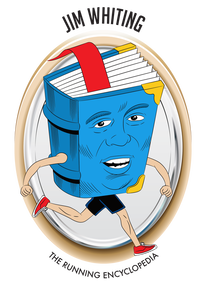 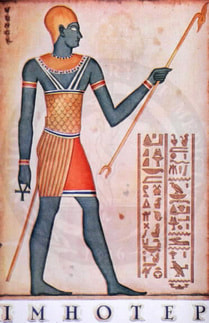 The Renaissance began in Europe in the 15th century and marked the change from the medieval period to the modern world. Towering figures such as Michelangelo, Galileo, and especially Leonardo da Vinci were known as Renaissance men because of their talents and lasting achievements in several important areas of knowledge. They were also accomplished musicians, public speakers, athletes, poets, and so forth. And they were expected to do all this stuff without breaking a sweat. You could give the same title to an ancient Egyptian named Imhotep, who lived about 2600 BCE. He was the vizier, the most important government official, during the reign of Pharaoh Djoser. He served as the high priest of the god Ra and was an expert astronomer. Imhotep designed and oversaw the building of the first major pyramid in Egypt. Located at Saqqara, at the time it was the world’s tallest structure. He innovated the use of stones rather than mud bricks to build it, and it was that added strength that enabled the pyramid to rise so high. He is also credited with the invention of several devices that facilitated the construction. Many people believe that Imhotep, rather than the Greek Hippocrates who lived more than 2,000 years later, is the real “Father of Medicine.” In an era when most physicians relied on magic spells and appeals to the gods, Imhotep prescribed dozens of effective down-to-earth treatments for illnesses and injuries. He is credited with ending a seven-year famine in Egypt. He advised the pharaoh to make sacrifices to Khnum, the god of the annual flooding of the Nile River, and thereby provide desperately needed water to farmers. On a more practical level, he invented an improved irrigation system to carry water to the crops even if the river level was abnormally low. In addition to these accomplishments, an inscription at the base of one of his statues notes that he was “Chief Carpenter, Chief Sculptor, and Maker of Vases in Chief.” In his little spare time, he wrote poetry and dispensed philosophical advice. Imhotep can also boast of two accomplishments that eluded even Leonardo da Vinci. He was deified after his death and worshipped for many centuries, an honor accorded to hardly anyone besides the pharaohs. And today the comic book community gives him the credit for founding S.H.I.E.L.D., the Marvel Comics espionage and crime-fighting agency that became the basis for blockbuster movies such as Iron Man, Thor, and Captain America. 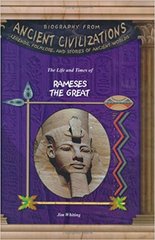 Jim Whiting has written a book on another great Egyptian leader -- Ramses the Great who lived about 1350 years after Imhotep. He fully lived up to the "Great" part of his name. His reign lasted for 67 years, the second longest in Egypt’s 3,000-year history. He had dozens of wives and more than 100 children, outliving many of them. He was a military leader who expanded the borders of his country. That resulted in decades of peace and prosperity for his people. He ordered huge statues of himself to be erected all over Egypt. For more information, click here. MLA 8 Citation
Whiting, Jim. "A Renaissance Man - 4,000 Years before the Renaissance." Nonfiction Minute`, iNK Think Tank, 8 Feb. 2018, www.nonfictionminute.org/the-nonfiction-minute/ A-Renaissance-Man-4,000-Years-Before-the-Renaissance.
0 Comments
 The United States, in the 1880s, had become an industrial power in the world, but factory workers could hardly feed their families. Miners spent long days down in the dangerous dark, digging a wealth of coal out of the earth, yet they were dirt-poor. Farm families were going broke too. They barely had the money to pay rich bankers the interest on loans they took out to buy seeds or to pay what the railroad charged to ship the crops that hadn’t dried up in a drought or got gobbled by hungry grasshoppers. Many a broke homesteader went back east. Lettered on the covers of their wagons: “IN GOD WE TRUSTED. IN KANSAS WE BUSTED!” Mary E. Lease, a Pennsylvania schoolteacher, went to Kansas, but she stayed there. And she was among the multitudes, who wondered why so many Americans were so poor in a country that was so rich? Where was the money going? Judging from what she read in the papers and heard down at the general store, the money seemed to be in the pockets of men who owned the mines, factories, railroads, and banks. And rather than pay people decent wages, they seemed to be paying politicians to make laws to help them stay rich and get richer. Sound familiar? In the early 1890s, folks got together and formed their own “People’s (or Populist) Party.” What did they want? Fairness, more government regulations, less silver, and more printed paper money. It wouldn’t be worth as much; but at least there’d be more of it to go around! And right in the middle of this uprising was fiery Mrs. Lease. At rallies around the Midwest, the South, even at the Chicago World’s Fair in 1893, Mrs. Lease whipped up the crowds, crying out, “We are for humanity against the corporations – for perishing flesh and blood against the money bags!” People called her a “Patrick Henry in petticoats,” after the great Revolutionary War speechmaker. “Wall Street owns the country. When I get through with the silk-hatted easterners, they will know that the Kansas prairies are on fire!” Oh, they knew it all right, for a while anyway. While it raged, this political tornado blew nine Populists into Congress. But the people’s movement fizzled out in the early 1900s. At least old Mrs. Lease lived to see some populist dreams come true. In the early 1930s, when so many Americans hit bottom, Franklin D. Roosevelt became President. Under FDR’s “New Deal” policies, the people got help from their very own government and the Wall Street banks and businesses were reined for a considerable time. Ah, but they’ve regained much of their former power and Mary E. Lease lies restless in her grave. 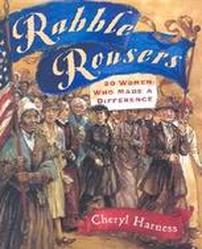 The perfect browsing volume for Women's History Month, Cheryl Harness's Rabble Rousers offers short, spirited profiles of twenty women who, like Mary E. Lease, impacted life in America by speaking out against injustice and fighting for social improvements. The folksy, friendly narrative introduces such fascinating figures as Sojourner Truth, abolitionist preacher; Dr. Mary Edwards Walker, a Civil War physician; Margaret Sanger, birth control pioneer; and Doris Haddock, a ninety-two-year-old champion of campaign-finance reform. The book spans over two hundred years of American history and includes time lines for such important social movements as abolition, woman suffrage, labor, and civil rights. Readers inspired by these fiery women can use the civil action tips and resources in the back of the book to do some of their own rabble-rousing. For more information, click here. ________________________________________ MLA 8 Citation
Harness, Cheryl. "Mary E. Lease: Queen of the Populist Tornado." Nonfiction Minute, iNK Think Tank, 12 Apr. 2018, www.nonfictionminute.org/the-nonfiction-minute/ mary-e-lease-queen-of-the-populist-tornado. 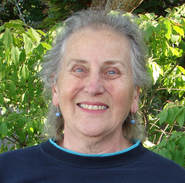 If I asked you what grain is the most harvested in the world, you’d probably answer either wheat or rice. But the answer is actually corn, more accurately called ‘maize.’ This nutritious crop that originated in Mexico feeds not only people but also animals around the world. We’re used to the wonderfully tender sweet corn harvested in late summer and early autumn, but most maize is actually field corn, more starchy than sweet and used as animal feed or to make cornmeal and flour. For a long time, biologists puzzled about the origins of this important crop. There is no wild plant that looks anything like modern corn, which is actually a giant grass. The closest relative is a scrawny branching plant with hard dark seeds called teosinte. It seems a huge jump from teosinte to corn, yet geneticist George Beadle found in the 1930s that corn and teosinte have the same number of chromosomes and could be crossbred to produce hybrids. With the limited tools available at that time, Beadle deduced that only about five genes were involved in creating the differences between teosinte and corn. Fast forward to modern times, when scientists can look directly at DNA and analyze every detail of its structure. We now know that Beadle came very close to the truth—about five regions in the DNA seem to control the major differences between teosinte and corn. For example, these two plants look so very different, yet just one single gene turns a branched plant into a single stalk, like a stalk of corn. Another single gene controls one of the most dramatic and certainly most important traits for farmers—the nature of the seeds and their stalk. In teosinte, each seed has a hard covering. Just one gene eliminates the hard covering and produces a stalk bearing exposed seeds, like an ear of corn. Scientists now use maize as a perfect example of two major ways evolution happens. One way is through major sudden jumps, like the change from a branching plant to a single stalk. The other is the more gradual kind of change that has led to the thousands of different kinds of maize grown by farmers today. There are probably hundreds of varieties of sweet corn and thousands of varieties of field corn. Think about that the next time you bite into a nice crunchy taco made from a corn tortilla.  Corn was a very important crop for homesteaders in the American West, used both to feed themselves as well as their animals. Read about it in Homesteading: Settling America's Heartland, revised and expanded edition, Mountain Press, 2013. Dorothy Hinshaw Patent is a member of iNK's Authors on Call and is available for classroom programs through Field Trip Zoom, a terrific technology that requires only a computer, wifi, and a webcam. Click here to find out more. MLA 8 Citation
Patent, Dorothy Hinshaw. "Amazing Maize." Nonfiction Minute, iNK Think Tank, 8 June 2018, www.nonfictionminute.org/the-nonfiction-minute/Amazing-Maize. 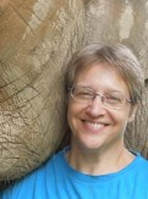 On April 13, 1787 Thomas Jefferson celebrated his 44th birthday riding a mule over the Alps on his way to Italy. Jefferson’s first official federal position after writing the Declaration of Independence was serving as Minister to France under President George Washington. Jefferson’s job was to grow America’s economy, which he did by forming trade agreements to sell whale oil and tobacco overseas. He also looked for new crops that could be grown in the U.S. and sold in Europe. One thing he noticed was that the French ate a lot of rice, but they didn’t buy rice grown in America. The French preferred dry or upland rice. American farmers grew “swamp” rice and suffered with mosquitoes and malaria. Jefferson thought that if American farmers switched to upland rice they would not only be able to sell it abroad, they would also be healthier. Jefferson asked for samples of upland rice from friends, farmers, ship captains who traveled to far off lands, and even the seven-year-old prince of Cochin China. The most prized rice, however, was grown in Italy and banned from export. Determined to help America, Jefferson rode over the Alps and found the unhusked grain. “I could only bring off as much as my coat and surtout [overcoat] pockets would hold,” he wrote a friend. Under penalty of death, he smuggled it across the border. Back in France, Jefferson sent rice to farmers in South Carolina and to his farm manager at Monticello, his home in Virginia. He even grew samples of rice in pots on his windowsill when he returned to New York to be Secretary of State. Unfortunately, the upland rice didn’t grow well in the South and didn’t become a big export for the U.S., but Jefferson was not discouraged. He had already set his sights on another amazing plant that he hoped would be “the source of the greatest wealth and happiness.” Olive trees. Many years later when Jefferson listed his achievements, along with writing the Declaration of Independence he included his attempts to bring rice and olives to the United States. “The greatest service which can be rendered any country,” he said, “is to add an useful plant to its culture.” Celebrate his birthday with a salad made from some of the useful plants he brought to our culture— kale, tomatoes, peppers and chickpeas with a splash of olive oil. Happy Birthday, Thomas Jefferson! 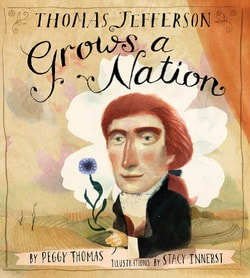 Peggy Thomas is the author of Thomas Jefferson Grows a Nation Among her other books are: * For the Birds: the life of Roger Tory Peterson * Snow Dance * Farmer George Plants A Nation * Joshua the Giant Frog * Forensic Anthropology: the Science of Talking Bones MLA 8 Citation
Thomas, Peggy. "Happy Birthday Thomas Jefferson - Smuggler!" Nonfiction Minute, iNK Think Tank, 13 Apr. 2018, www.nonfictionminute.org/ the-nonfiction-minute/happy-birthday-thomas-jefferson-smuggler. 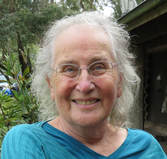 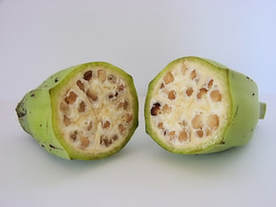 You can see how little fruit is inside a wild banana. You can see how little fruit is inside a wild banana. You probably eat bananas at least once a week—they are the most popular of all fruits, even surpassing the apple. But have you ever noticed that bananas have no seeds? Probably not. You just peel them and enjoy their soft, seedless flesh without even thinking about seeds. If you’d been strolling through a tropical forest in New Guinea thousands of years ago and reached up to pluck a wild banana snack, you wouldn’t have wanted to eat it. The banana ancestors had big hard seeds surrounded by a small amount of sweet flesh, not worth peeling. Sometimes, however, plants appeared with fruit that had no seeds. Over time, people cherished these seedless fruits and grew the plants for their own use. The banana plant sends up a central stalk surrounded by very large leaves, then flowers at the tip. The flowers produce a heavy load of bananas without being pollinated. Then the stalk dies. Meanwhile, the stalk sends out side shoots that become new plants. That’s a form of cloning, meaning that all of a banana plant’s progeny are genetically identical, both to their parent and to one another. The ancestors of the modern banana could reproduce in the usual way, so their seeds contained mixtures of DNA from the mother plant and DNA from another plant’s pollen. This “sexual reproduction” allows for the genes of the plants to be combined in new ways. If a disease came along, it might kill most of the plants, but some others could have natural resistance and survive. Because it lacks seeds, the banana has gotten into trouble. Back in the 1950s, an especially sweet and tasty variety called the Gros Michel was the commercial banana. But a devastating fungus came along and killed the plants and contaminated the soil. Growers then chose another variety, Cavendish, which resisted the disease. But now a wilt called Panama disease has shown up that kills the Cavendish plants. And because bananas lack genetic diversity and because they don’t develop seeds that mix up their genes, the Cavendish has no way of defending itself. Banana growers are doing what they can to stop the spread of the disease, however, and up to now they have been successful. But don’t be surprised if in a few years the bananas you buy look and taste different. Luckily, there are other varieties out there, like small “finger” bananas and larger red-skinned fruits, that you can already buy in places like Hawaii.
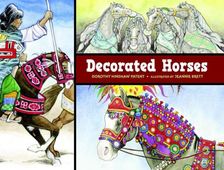 Dorothy Hinshaw Patent's new nonfiction picture book about horses has a fresh focus: how people over the ages have decorated horses in special ways. Organized into three categories—warfare and hunting, performance and competition, performance, and ceremony—the book introduces horses such as the chariot-pulling war horse of the Persians to the rose-decorated winner of the Kentucky Derby. For more information, click here. Dorothy Hinshaw Patent is a member of iNK's Authors on Call and is available for classroom programs through Field Trip Zoom, a terrific technology that requires only a computer, wifi, and a webcam. Click here to find out more. MLA 8 Citation
Patent, Dorothy Hinshaw. "The Flaw in the Seedless Banana." Nonfiction Minute, iNK Think Tank, 21 Dec. 2017, www.nonfictionminute.org/ the-nonfiction-minute/The-Flaw-in-the-Seedless-Banana. Accessed 21 Dec. 2017. |
*NEWS
|
For Vicki Cobb's BLOG (nonfiction book reviews, info on education, more), click here: Vicki's Blog
The NCSS-CBC Notable Social Studies Committee is pleased to inform you
that 30 People Who Changed the World has been selected for Notable Social Studies Trade Books for Young People 2018, a cooperative project of the National Council for the Social Studies (NCSS) & the Children’s Book Council
Categories
All
Abolitionists
Adams Janus
Adaptation
Adaptations
Adkins Jan
Advertising
Aerodynamics
Africa
African American History
African Americans
Africa West
Agriculture
Aircraft
Air Pilots
Air Pressure
Air Travel
Albee Sarah
Alchemy
Alligators
Allusion
American History
American Icons
Amphibians
Amundsen Roald
Anatomy
Ancient
Ancient Cultures
Anderson Marian 1897-1993
Animal Behavior
Animal Experimentation
Animal Intelligence
Animals
Animation
Antarctica
Ants
Apache Indians
Apes
April Fool's Day
Architecture
Argument
Arithmetic
Art
Art Deco
Artists
Arts
Asia
Astronauts
Astronomy
Athletes
Atomic Theory
Audubon Societies
Authors
Autobiography
Automobiles
Aviation
Awards
Bacteria
Baseball
Battuta Ibn
Bears
Beatles
Beavers
Bees
Biodegradation
Biography
Biology
Biomes
Biomimicry
Biplanes
Birds
Black Death
Black History
Blindness
Blizzards
Bombs
Bonaparte Napoleon
Boone Daniel
Botany
Brazil
Bridges
Brill Marlene Targ
Brooklyn Bridge
Brown John
Buffaloes
Building Materials
Butterflies
Caesar
Caesar Julius
Caissons
Calculus
Calendars
Cannibal
Capitals
Caravaggio
Carbon Dioxide
Carnivores
Carson Mary Kay
Cartoons & Comics
Carving (Decorative Arts)
Cascade Range
Castaldo Nancy
Castles
Castrovilla Selene
Cathedrals
Cats
Caves
Celts
Cemeteries
Chemistry
Children's Authors
Child Welfare
China
Choctaw Indians
Christmas
Chronometers
Cicadas
Cinco De Mayo
Ciphers
Circle
Citizenship
Civil Rights
Civil Rights Movements
Civil War
Civil War - US
Climate
Climate Change
Clocks And Watches
Clouds
Cobb Vicki
COBOL (Computer Language)
Code And Cipher Stories
Collard III Sneed B.
Collectors And Collecting
Color
Commerce
Communication
Competition
Compilers
Composers
Computers
Congressional Gold Medal
Consitution
Contests
Contraltos
Coolidge Calvin
Cooling
Corms
Corn
Counterfeiters
Covid-19
Crocodiles
Cryptography
Culture
Darwin Charles
Declaration Of Independence
Decomposition
Decompression Sickness
Deep-sea Animals
Deer
De Medici Catherine
Design
Detectives
Dickens Charles
Disasters
Discrimination
Diseases
Disney Walt
DNA
Dogs
Dollar
Dolphins
Douglass Frederick 1818-1895
Droughts
Dr. Suess
Dunphy Madeleine
Ear
Earth
Earthquakes
Ecology
Economics
Ecosystem
Edison Thomas A
Education
Egypt
Eiffel-gustave-18321923
Eiffel-tower
Einstein-albert
Elephants
Elk
Emancipationproclamation
Endangered Species
Endangered-species
Energy
Engineering
England
Englishlanguage-arts
Entomology
Environmental-protection
Environmental-science
Equinox
Erie-canal
Etymology
Europe
European-history
Evolution
Experiments
Explorers
Explosions
Exports
Extinction
Extinction-biology
Eye
Fairs
Fawkes-guy
Federalgovernment
Film
Fires
Fishes
Flight
Floods
Flowers
Flute
Food
Food-chains
Foodpreservation
Foodsupply
Food-supply
Football
Forceandenergy
Force-and-energy
Forensicscienceandmedicine
Forensic Science And Medicine
Fossils
Foundlings
France
Francoprussian-war
Freedom
Freedomofspeech
French-revolution
Friction
Frogs
Frontier
Frontier-and-pioneer-life
Frozenfoods
Fugitiveslaves
Fultonrobert
Galapagos-islands
Galleys
Gametheory
Gaudi-antoni-18521926
Gender
Generals
Genes
Genetics
Geography
Geology
Geometry
Geysers
Ghosts
Giraffe
Glaciers
Glaucoma
Gliders-aeronautics
Global-warming
Gods-goddesses
Gold-mines-and-mining
Government
Grant-ulysses-s
Grasshoppers
Gravity
Great-britain
Great-depression
Greece
Greek-letters
Greenberg Jan
Hair
Halloween
Handel-george-frederic
Harness Cheryl
Harrison-john-16931776
Health-wellness
Hearing
Hearing-aids
Hearst-william-randolph
Henry-iv-king-of-england
Herbivores
Hip Hop
History
History-19th-century
History-france
History-world
Hitler-adolph
Hoaxes
Holidays
Hollihan Kerrie Logan
Homestead-law
Hopper-grace
Horses
Hot Air Balloons
Hot-air-balloons
Housing
Huguenots
Human Body
Hurricanes
Ice
Icebergs
Illustration
Imagery
Imhotep
Imperialism
Indian-code-talkers
Indonesia
Industrialization
Industrial-revolution
Inquisition
Insects
Insulation
Intelligence
Interstatecommerce
Interviewing
Inventions
Inventors
Irrational-numbers
Irrigation
Islands
Jacksonandrew
Jazz
Jeffersonthomas
Jefferson-thomas
Jemisonmae
Jenkins-steve
Jet-stream
Johnsonlyndonb
Jokes
Journalism
Keeling-charles-d
Kennedyjohnf
Kenya
Kidnapping
Kingmartinlutherjr19291968
Kingmartinlutherjr19291968d6528702d6
Kings-and-rulers
Kings Queens
Kings-queens
Koala
Labor
Labor Policy
Lafayette Marie Joseph Paul Yves Roch Gilbert Du Motier Marquis De 17571834
Landscapes
Languages-and-culture
Law-enforcement
Layfayette
Levers
Levinson Cynthia
Lewis And Clark Expedition (1804-1806)
Lewis Edmonia
Liberty
Lift (Aerodynamics)
Light
Lindbergh Charles
Liszt Franz
Literary Devices
Literature
Lizards
Longitude
Louis XIV King Of France
Lumber
Lunar Calendar
Lynching
Macaws
Madison-dolley
Madison-james
Madison-james
Mammals
Maneta-norman
Maneta-norman
Marathon-greece
Marine-biology
Marine-biology
Marines
Marsupials
Martial-arts
Marx-trish
Mass
Massachusetts-maritime-academy
Mass-media
Mastodons
Mathematics
May-day
Mcclafferty-carla-killough
Mcclafferty-carla-killough
Mckinley-william
Measurement
Mechanics
Media-literacy
Media-literacy
Medicine
Memoir
Memorial-day
Metaphor
Meteorology
Mexico
Mickey-mouse
Microscopy
Middle-west
Migration
Military
Miners
Mississippi
Molasses
Monarchy
Monsters
Montgomery
Montgomery-bus-boycott-19551956
Montgomery-heather-l
Monuments
Moon
Moran-thomas
Morsecode
Morsesamuel
Moss-marissa
Moss-marissa
Motion
Motion-pictures
Mummies
Munro-roxie
Munro-roxie
Musclestrength
Museums
Music
Muslims
Mythologygreek
Nanofibers
Nanotechnology
Nathan-amy
Nathan-amy
Nationalfootballleague
Nationalparksandreserves
Nativeamericans
Native-americans
Native-americans
Naturalhistory
Naturalists
Nature
Nauticalcharts
Nauticalinstruments
Navajoindians
Navigation
Navy
Ncaafootball
Nervoussystem
Newdeal19331939
Newman-aline
Newman-aline
Newton-isaac
New-york-city
Nobelprizewinners
Nomads
Nonfictionnarrative
Nutrition
Nylon
Nymphs-insects
Oaths Of Office
Occupations
Ocean
Ocean-liners
Olympics
Omnivores
Optics
Origami
Origin
Orphans
Ottomanempire
Painters
Painting
Paleontology
Pandemic
Paper-airplanes
Parksrosa19132005
Parrots
Passiveresistance
Patent Dorothy Hinshaw
Peerreview
Penguins
Persistence
Personalnarrative
Personification
Pets
Photography
Physics
Pi
Pigeons
Pilots
Pinkertonallan
Pirates
Plague
Plains
Plainsindians
Planets
Plantbreeding
Plants
Plastics
Poaching
Poetry
Poisons
Poland
Police
Political-parties
Pollen
Pollution
Polo-marco
Populism
Portraits
Predation
Predators
Presidentialmedaloffreedom
Presidents
Prey
Prey-predators
Prey-predators
Prime-meridian
Pringle Laurence
Prohibition
Proteins
Protestandsocialmovements
Protestants
Protestsongs
Punishment
Pyramids
Questioning
Radio
Railroad
Rainforests
Rappaport-doreen
Ratio
Reading
Realism
Recipes
Recycling
Refrigerators
Reich-susanna
Religion
Renaissance
Reproduction
Reptiles
Reservoirs
Rheumatoidarthritis
Rhythm-and-blues-music
Rice
Rivers
Roaringtwenties
Roosevelteleanor
Rooseveltfranklind
Roosevelt-franklin-d
Roosevelt-theodore
Running
Russia
Safety
Sanitation
Schwartz David M
Science
Scientificmethod
Scientists
Scottrobert
Sculpture
Sculpturegardens
Sea-level
Seals
Seals-animals
Secretariesofstate
Secretservice
Seeds
Segregation
Segregationineducation
Sensessensation
September11terroristattacks2001
Seuss
Sextant
Shackletonernest
Shawneeindians
Ships
Shortstories
Silkworms
Simple-machines
Singers
Siy Alexandra
Slavery
Smuggling
Snakes
Socialchange
Social-change
Socialjustice
Social-justice
Socialstudies
Social-studies
Social-studies
Sodhouses
Solarsystem
Sound
Southeast-asia
Soybean
Space Travelers
Spain
Speech
Speed
Spiders
Spies
Spiritualssongs
Sports
Sports-history
Sports-science
Spring
Squirrels
Statue-of-liberty
STEM
Storms
Strategy
Sugar
Sumatra
Summer
Superbowl
Surgery
Survival
Swanson-jennifer
Swinburne Stephen R.
Synthetic-drugs
Taiwan
Tardigrada
Tasmania
Tasmanian Devil
Tasmanian-devil
Technology
Tecumsehshawneechief
Telegraph-wireless
Temperature
Tennis
Terrorism
Thomas Peggy
Thompson Laurie Ann
Time
Titanic
Tombs
Tortoises
Towle Sarah
Transcontinental-flights
Transportation
Travel
Trees
Trung Sisters Rebellion
Tundra
Turnips
Turtles
Typhoons
Underground Railroad
Us-environmental-protection-agency
Us History
Us-history
Ushistoryrevolution
Us History Revolution
Us-history-war-of-1812
Us Presidents
Ussupremecourtlandmarkcases
Vacations
Vaccines
Vangoghvincent
Vegetables
Venom
Vietnam
Viruses
Visual-literacy
Volcanoes
Voting-rghts
War
Warne-kate
Warren Andrea
Washington-dc
Washington George
Water
Water-currents
Wax-figures
Weapons
Weather
Weatherford Carole Boston
Whiting Jim
Wildfires
Winds
Windsor-castle
Wolves
Woman In History
Women
Women Airforce Service Pilots
Women-airforce-service-pilots
Womeninhistory
Women In History
Women-in-science
Women's History
Womens-roles-through-history
Wonder
Woodson-carter-godwin-18751950
World-war-i
World War Ii
World-war-ii
Wright Brothers
Writing
Writing-skills
Wwi
Xrays
Yellowstone-national-park
Zaunders Bo
ArchivesMarch 2021
February 2021
January 2021
December 2020
November 2020
October 2020
September 2020
June 2020
May 2020
April 2020
March 2020
February 2020
January 2020
December 2019
October 2019
September 2019
August 2019
July 2019
May 2019
April 2019
March 2019
February 2019
January 2019
December 2018
November 2018
September 2018
June 2018
May 2018
April 2018
March 2018
February 2018
January 2018
December 2017
November 2017
October 2017
September 2017
March 2017
The NONFICTION MINUTE, Authors on Call, and. the iNK Books & Media Store are divisions of iNK THINK TANK INC.
a 501 (c) (3) nonprofit corporation. To return to the iNK Think Tank landing page click the icon or the link below. :
http://inkthinktank.org/
For more information or support, contact thoughts@inkthinktank.org
For Privacy Policy, go to
Privacy Policy
© COPYRIGHT the Nonfiction Minute 2020.
ALL RIGHTS RESERVED.
This site uses cookies to personalize your experience, analyze site usage, and offer tailored promotions. www.youronlinechoices.eu
Remind me later
Archives
March 2023
February 2023
January 2023
December 2022
November 2022
October 2022
September 2022
June 2022
May 2022
April 2022
March 2022
February 2022
January 2022
December 2021
November 2021
September 2021
April 2021
March 2021
February 2021
November 2020
October 2020
September 2020
June 2020
May 2020
April 2020
March 2020
February 2020
January 2020
October 2019
August 2019
July 2019
May 2019
April 2019
December 2018
September 2018
June 2018
May 2018
March 2018
February 2018
January 2018
December 2017
November 2017
October 2017
September 2017


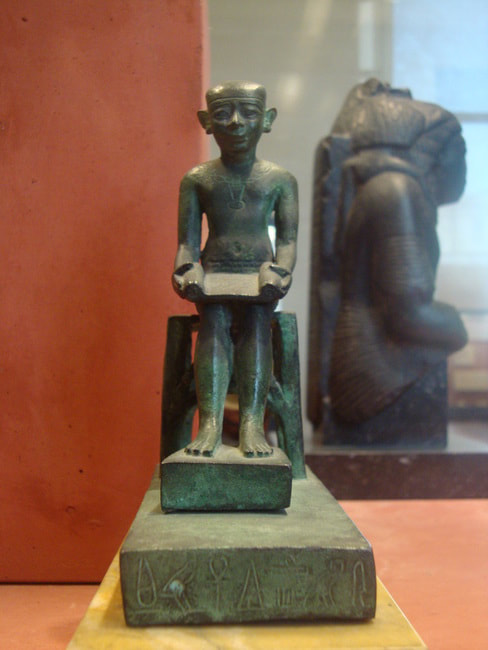
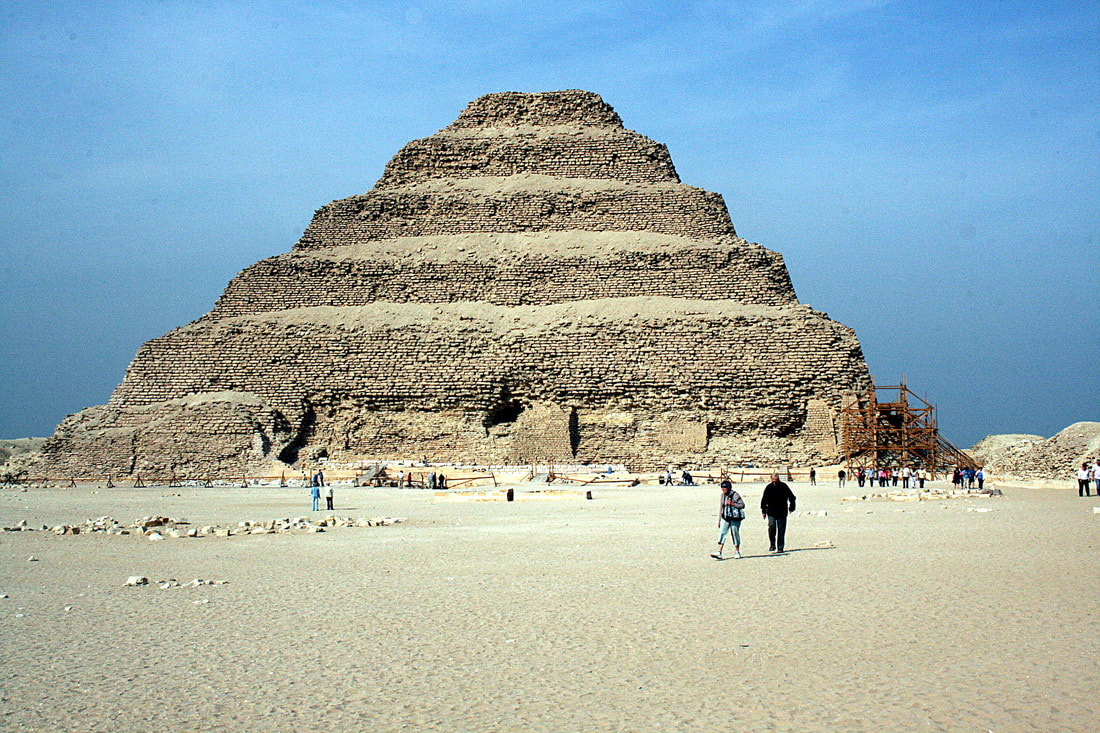


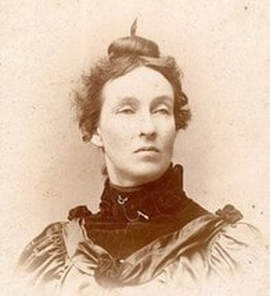
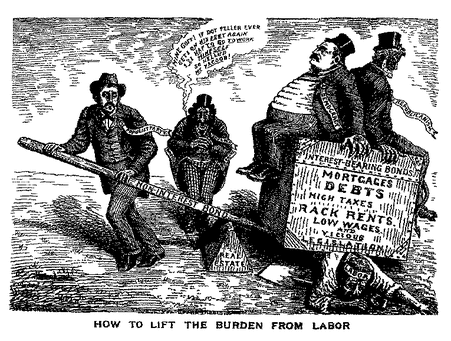


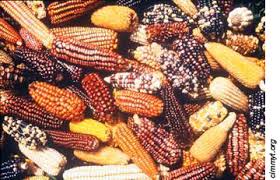
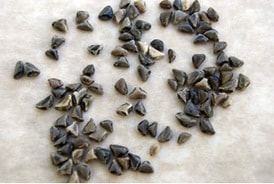
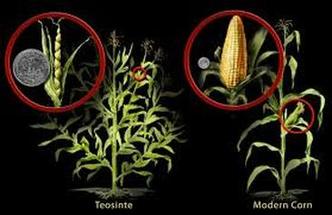


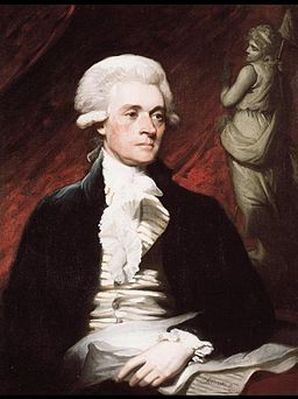
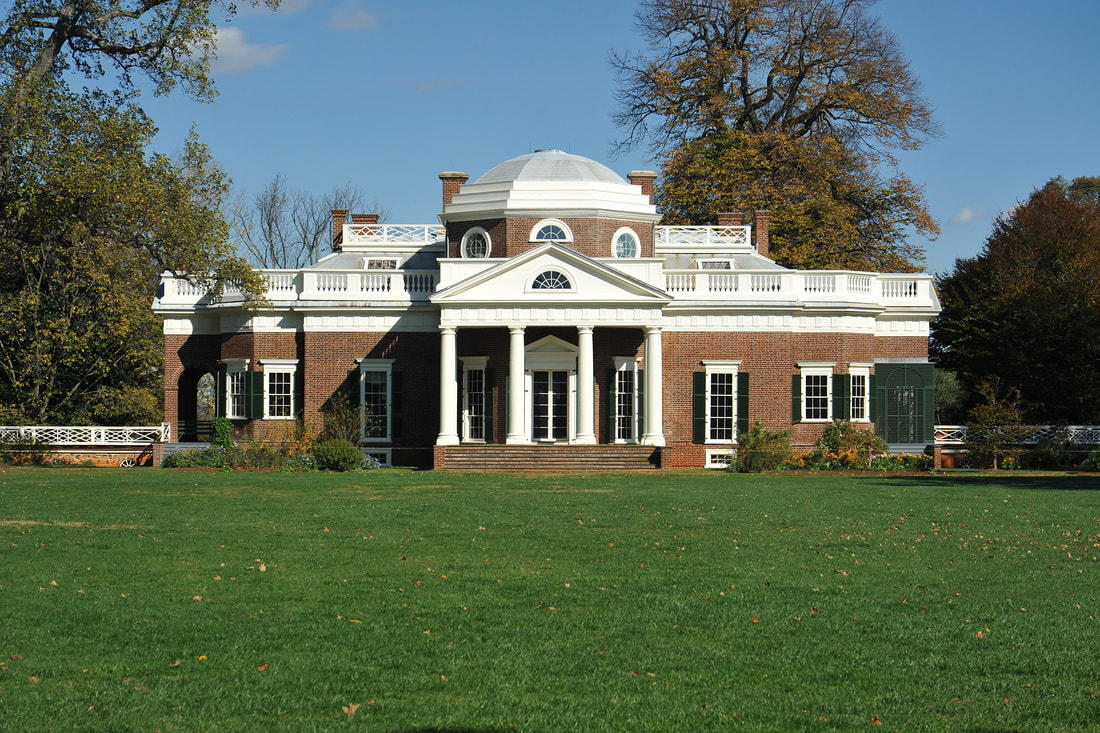


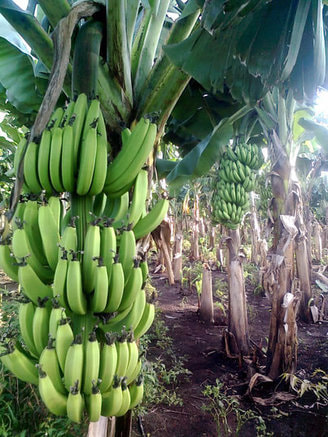
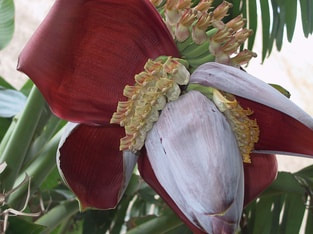
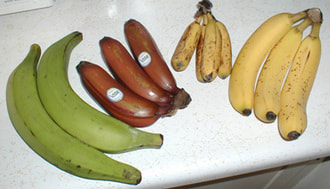

 RSS Feed
RSS Feed
